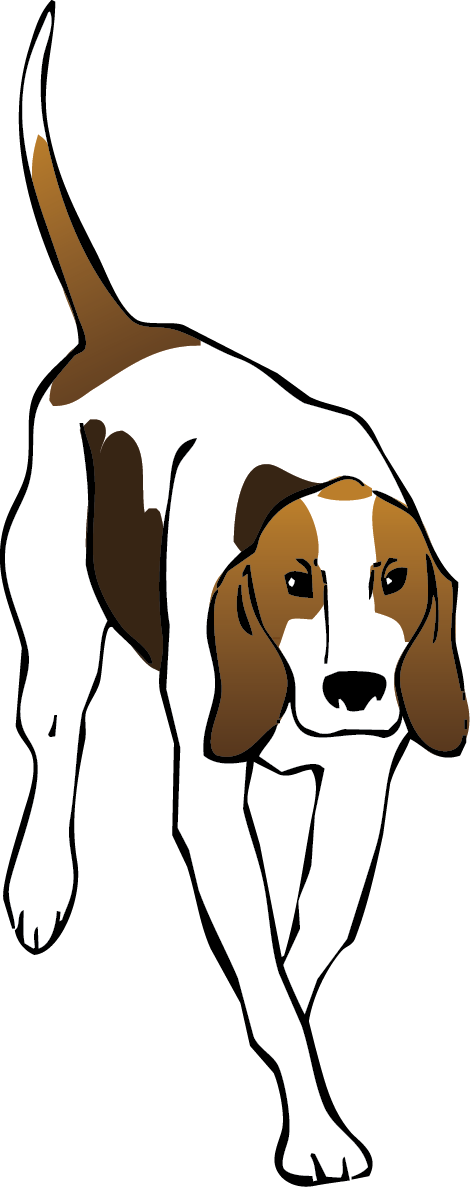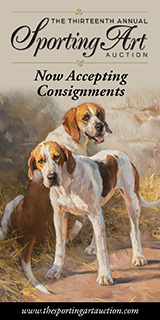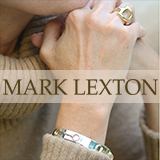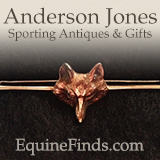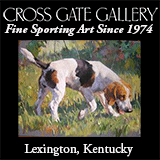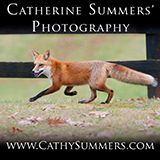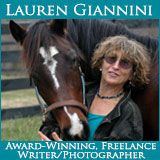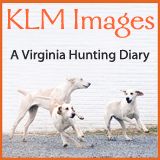art
Will Ersland’s Style
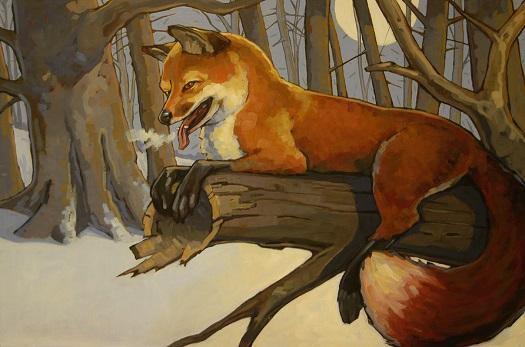 Hunters Moon by Will Ersland, courtesy of Cindy Piper, MFH, Long Lake Hounds (MN) Someone once told Will Ersland, “The horses and people in your paintings have great action—even when they’re standing still!"
Hunters Moon by Will Ersland, courtesy of Cindy Piper, MFH, Long Lake Hounds (MN) Someone once told Will Ersland, “The horses and people in your paintings have great action—even when they’re standing still!"
Ersland sees himself as a visual journalist. “My paintings record a moment in time,” he says. “They are cropped the way I see the action, and each brush stroke is laid down with confidence and purpose based on my academic background and decades of drawing and painting.”
Ersland’s use of short, flat, planar brush strokes to highlight rounded shapes strikes me as an effective and unique element of his style.
“My style is dictated by the medium—acrylic paints—which dry very fast,” he explained. “I don’t even try to blend them. Instead, I build up form by starting with the darkest values and layering on the lightest values, usually following the form of the object with my brush strokes.
Maureen Riley and the Zennor Fox
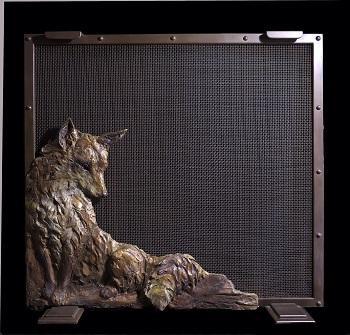 “I felt that the story of the Zennor fox needed to be remembered,” writes Michigan artist Maureen Riley. “It tells the story of a fox, but more than that it tells of a sportsman’s love for a good day of sport and a sense of fair play.”
“I felt that the story of the Zennor fox needed to be remembered,” writes Michigan artist Maureen Riley. “It tells the story of a fox, but more than that it tells of a sportsman’s love for a good day of sport and a sense of fair play.”
Maureen Riley is a sculptor and painter who has been steeped in the sporting life from an early age. She learned about gun dogs from her grandfather and about sculpture from his friend, Walter Midener. Shooting, fishing, and horses have always been a part of her life, and country sports are at the root of her art.
From her studios in Michigan, Maureen has exhibited her work at Safari Club events and at international exhibits in both Milan and Portofino, Italy. Her work has also been shown at the Smithsonian. She is a member of the Society of Animal Artists and the National Sculpture Society.
Maureen has just created an interesting new platform from which to present her bronze works—a fireplace screen that serves as a blank canvas for her limited edition and custom relief sculptures. Her first design on this “blank canvas” is titled the “Zennor Fox.” The work was inspired by a 1913 foxhunt with the Western Hounds near Zennor Hill in Cornwall. Here’s the conclusion of the hunt as written by a participant, the renowned English equine artist Sir Alfred J. Munnings.
They Just Don’t Get It
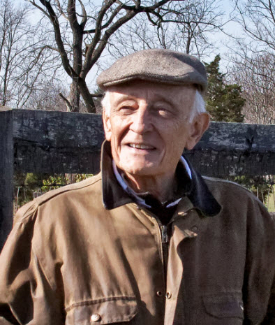 Karen L. Myers photoThere are numerous unrelated constituencies roiling the pot in the New York City horse carriage controversy, and all of them—from stakeholders to politicians to the news media—express strong opinions on one side or another.
Karen L. Myers photoThere are numerous unrelated constituencies roiling the pot in the New York City horse carriage controversy, and all of them—from stakeholders to politicians to the news media—express strong opinions on one side or another.
There are the animal rights activists who don’t believe animals should work, real estate developers who see big profits in renewing the stable property for higher-income use, politicians elected with the help of large donations from those who would ban the carriages, carriage drivers who are threatened with loss of livelihood, tourists and romantics who feel that iconic images of New York City should be preserved, and true horse people who are saddened to see any traditional horse activity lost to contemporary life. It’s the latter group that is the least understood.
Steeplechase Painting Is Best in Show in National Exhibition
 Susan Smolensky, an artist we featured last December, has won Best in Show at the Women Artists of the West 41st National Juried Exhibition in Rockport, Texas. This was not a sporting art exhibition, but Smolensky’s dramatic steeplechase painting evidently captivated the judges.
Susan Smolensky, an artist we featured last December, has won Best in Show at the Women Artists of the West 41st National Juried Exhibition in Rockport, Texas. This was not a sporting art exhibition, but Smolensky’s dramatic steeplechase painting evidently captivated the judges.
